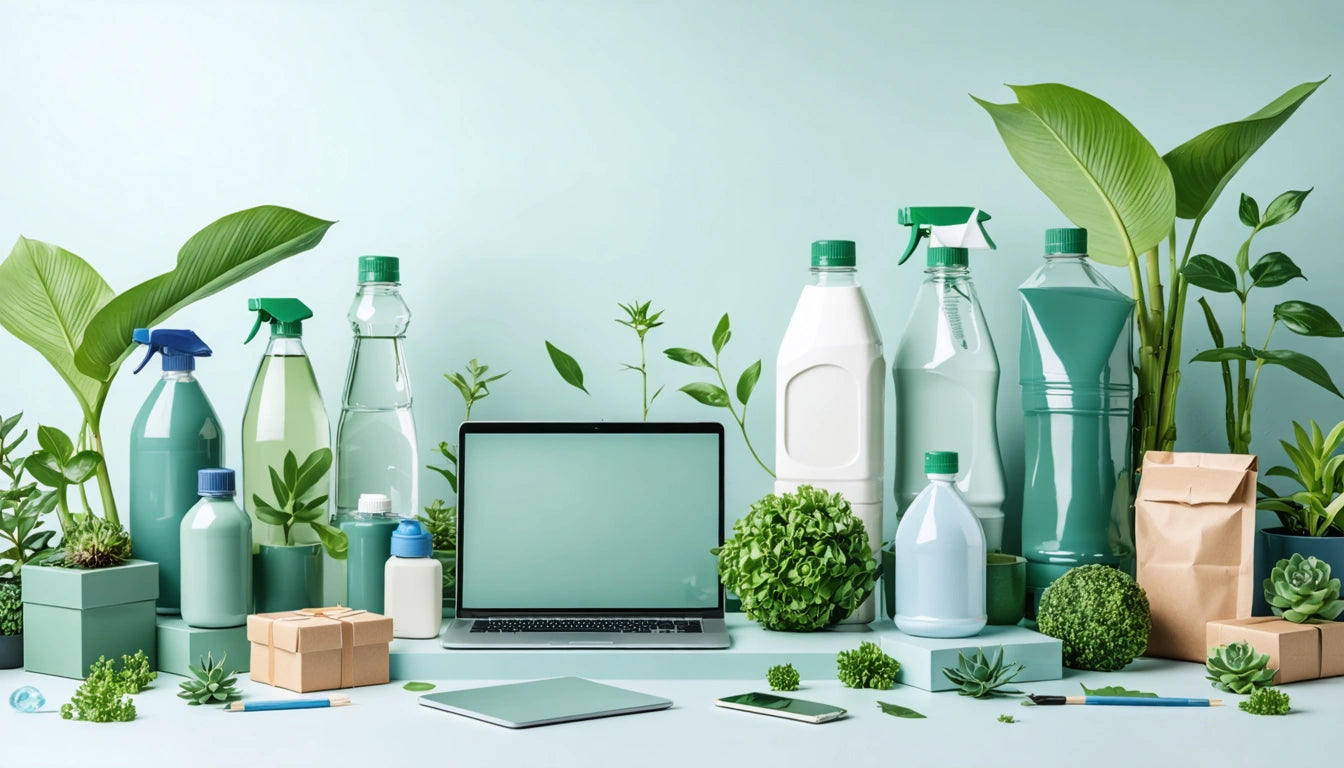Table of Contents
Refillable Packaging: How to Cut Waste and Impress Customers
Refillable packaging represents a significant shift in how brands approach sustainability, offering solutions that reduce waste while creating memorable customer experiences. As consumers increasingly demand eco-friendly options, businesses are discovering that refillable systems can drive loyalty, reduce costs, and strengthen brand positioning in competitive markets.
The Business Case for Refillable Packaging
The economic advantages of refillable packaging extend beyond simple waste reduction. Brands implementing these systems report several key benefits:
- Reduced packaging material costs over time
- Increased customer retention through refill programs
- Higher perceived brand value and premium positioning
- Decreased shipping costs for refills versus complete products
According to research on sustainable packaging ROI, companies can expect a 15-30% reduction in packaging costs when transitioning to refillable systems. This aligns with broader closed-loop packaging strategies that focus on circular economy principles.
Refillable Packaging Systems That Work
Concentrated Refill Pouches
Concentrated product refills in lightweight pouches can reduce plastic usage by up to 80% compared to traditional packaging. These systems work particularly well for liquid products like cleaners, personal care items, and certain food products.
Durable Container Programs
Premium durable containers designed for multiple refills create a sense of permanence and quality. These containers often feature visible eco-design elements that showcase the brand's sustainability commitment.
In-Store Refill Stations
Retail refill stations are gaining popularity, allowing customers to bring their own containers or purchase reusable ones in-store. These systems create engaging retail experiences while dramatically reducing packaging waste. For specialized products, efficient dispensing equipment can make the refill process seamless for both customers and staff.
Designing the Customer Experience
The success of refillable packaging hinges on creating a seamless customer experience that makes sustainability convenient and rewarding:
Intuitive Design
Refillable packaging should be easy to use, with clear instructions and minimal complexity. Consumers will abandon even the most eco-friendly options if they're difficult to navigate.
Premium Aesthetics
Initial containers should feel worth keeping. Brands like Kjaer Weis and Guerlain have pioneered luxury refillable packaging that customers proudly display. This approach transforms packaging from disposable to collectible.
Loyalty Integration
Successful programs often incorporate loyalty elements, offering discounts or rewards for refills. This creates financial incentives that reinforce sustainable behaviors while building brand attachment.
Implementation Challenges and Solutions
Transitioning to refillable systems presents several common challenges:
Supply Chain Adaptation
Existing production lines may require modification to accommodate refill formats. Start with pilot programs to test processes before full-scale implementation.
Consumer Education
Clear communication about how refill systems work is essential. Utilize packaging design, in-store displays, and digital content to guide customers through the refill process.
Material Selection
Not all materials are suitable for repeated use. Bioplastics may offer advantages for certain applications, but traditional materials like glass and aluminum often perform better in refill systems due to their durability.
Many brands struggle with common eco-packaging mistakes during implementation. Testing with actual users before launch can identify potential friction points.
Measuring Success: Metrics That Matter
To evaluate refillable packaging programs, track these key performance indicators:
- Refill rate: Percentage of customers who return for refills
- Material reduction: Total packaging materials saved
- Cost savings: Reduced packaging, shipping, and material expenses
- Customer satisfaction: Feedback specifically about the refill experience
- Brand perception: Changes in sustainability ratings and consumer sentiment
Compare these metrics to baseline data from traditional packaging to demonstrate both environmental and business impact. Successful programs typically see increasing refill rates over time as customers incorporate the behavior into their routines.
The Future of Refillable Systems: Innovation and Opportunity
The refillable packaging landscape continues to evolve with several emerging trends:
Smart packaging with digital components is creating new possibilities for refillable systems. QR codes can track refill history, provide usage instructions, and offer loyalty rewards. Some brands are exploring zero-waste innovations that combine refillable designs with compostable refill components.
Cross-brand standardization represents another frontier, with initiatives like Loop creating unified systems for multiple products. This collaborative approach could significantly expand consumer adoption by simplifying the refill process across product categories.
As sustainable packaging trends continue to evolve, refillable systems stand out for their tangible environmental benefits and potential to transform consumer relationships with brands. By designing thoughtful refill experiences that prioritize both sustainability and convenience, companies can position themselves at the forefront of packaging innovation while building lasting customer loyalty.











Leave a comment
All comments are moderated before being published.
This site is protected by hCaptcha and the hCaptcha Privacy Policy and Terms of Service apply.